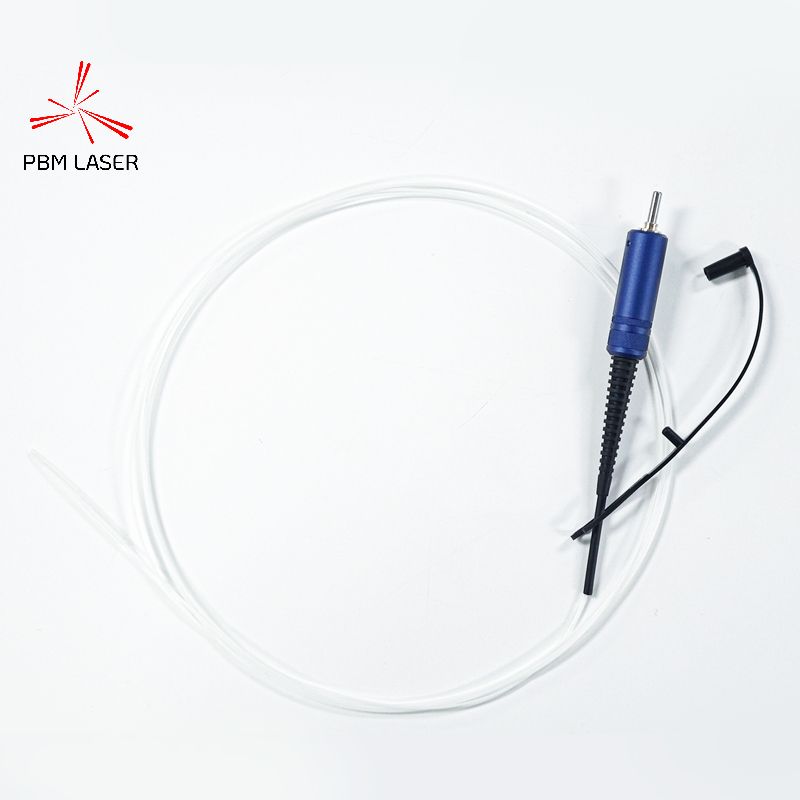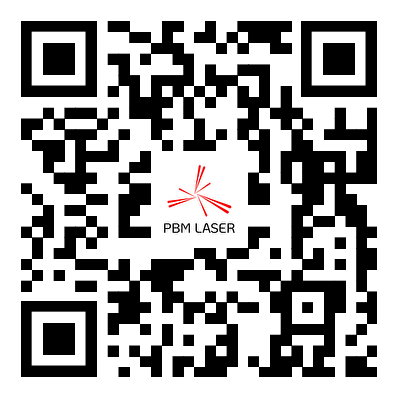
- English
- Español
- Português
- русский
- Français
- 日本語
- Deutsch
- tiếng Việt
- Italiano
- Nederlands
- ภาษาไทย
- Polski
- 한국어
- Svenska
- magyar
- Malay
- বাংলা ভাষার
- Dansk
- Suomi
- हिन्दी
- Pilipino
- Türkçe
- Gaeilge
- العربية
- Indonesia
- Norsk
- تمل
- český
- ελληνικά
- український
- Javanese
- فارسی
- தமிழ்
- తెలుగు
- नेपाली
- Burmese
- български
- ລາວ
- Latine
- Қазақша
- Euskal
- Azərbaycan
- Slovenský jazyk
- Македонски
- Lietuvos
- Eesti Keel
- Română
- Slovenski
- मराठी
- Srpski језик
What Are the Advantages of Surgery Laser?
2024-07-10
Surgery laser has the advantages of small trauma, fast recovery, simple operation, high precision, wide application range, high safety, and promotion of healing and recovery. These advantages make laser surgery widely used and recognized in the medical field.
1. Small trauma and fast recovery
Minimally invasive: Surgery lasers are usually minimally invasive, that is, the surgical trauma is relatively small. The laser can accurately act on the target tissue and reduce damage to the surrounding normal tissue.
Quick recovery: Due to the small trauma, the recovery time after surgery laser is usually short. Patients can return to normal life and work in a shorter time, reducing the impact on daily life.
2. Easy operation and high precision
Easy operation: The operation of surgery laser is relatively simple, which not only improves the efficiency of surgery, but also reduces the risk of surgery.
High precision: Surgery laser has extremely high precision and can achieve precise treatment of tiny lesions. This precision helps to reduce the occurrence of surgical complications and improve the success rate of surgery.
3. Wide range of applications
Multi-field application: Surgery lasers are widely used in many medical fields, such as ophthalmology, dermatology, stomatology, etc. Lasers of different wavelengths can be used to treat different diseases and symptoms, meeting diverse clinical needs.
Treating a variety of diseases: Surgery lasers can be used to treat a variety of diseases, such as ophthalmic diseases such as myopia, hyperopia, and astigmatism; dermatological problems such as birthmarks, spots, and wrinkles; and soft tissue lesions such as cysts and polyps in the mouth.
4. High safety
Low side effects: Surgery lasers usually have fewer side effects and complication rates. The energy of the laser can be precisely controlled to avoid excessive damage to surrounding normal tissues.
Painless or mild pain: During many surgery lasers, patients will not feel obvious pain or only mild pain. This helps to improve patient comfort and acceptance.




